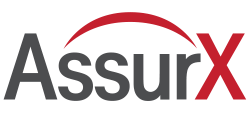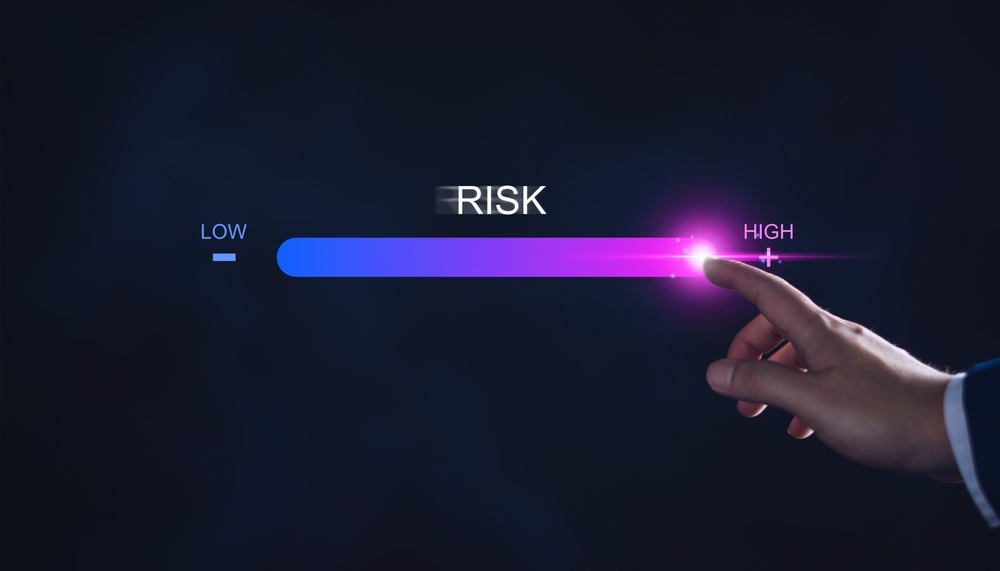January 23, 2025
Risk mitigation is crucial for manufacturing quality products because it helps manufacturers identify, assess, and manage potential risks before they lead to defects, inefficiencies, or other costly issues.
While risk assessment standards are increasing, one common mistake organizations shouldn’t make is treating quality risk management as an isolated process. Rather, risk management should be applied as an integrated element of quality processes.
Here are some key reasons why automating risk mitigation using enterprise quality management software (EQMS) is so important in manufacturing quality products:
Ensures Consistency and Reliability
Risk mitigation helps ensure that products are consistently produced to the desired quality standards. In fact, ISO standards and global regulatory frameworks were designed and developed using risk as a universal metric to make decisions less subjective, and more focused on the potential harms to products, customers, and businesses.
Manufacturers using a quality management system (QMS) can minimize and even avoid producing defective or inconsistent products by identifying and addressing risks related to process variation, equipment failure, or material inconsistencies through automation.
Reduces Production Costs
Identifying risks early, such as equipment breakdowns or supply chain disruptions, allows for proactive solutions to be developed and implemented before issues escalate into costly downtime, rework, or scrap. By minimizing defects and delays, companies can reduce waste, lower production costs, and enhance overall profitability.
Enhances Compliance and Safety
In many industries, there are strict regulations regarding product quality, safety standards, and environmental impact. Failure to comply can result in legal penalties, fines, or even recalls.
Risk mitigation helps ensure that products meet regulatory standards and requirements and that safety concerns are addressed in the production process, protecting both workers and consumers.
Leveraging risk tools embedded within the EQMS streamlines compliance with these standards. Beyond just checking the box, it helps meet the spirit of the requirements by incorporating risk into processes and daily quality activities.
Improves Process Efficiency
When risks are systematically identified and mitigated using EQMS, manufacturers can optimize production processes and minimize inefficiencies. This includes addressing bottlenecks, reducing downtime, and improving workflow.
An integrated risk management solution allows for better use of staff resources, capturing data and leveraging knowledge to help automate tasks like:
- Launching risk assessments from events such as complaints and deviations
- Searching historical records to identify similar events
- Notifying responsible parties for management review
- Calculating risk scores based on a risk matrix
- Determining whether risk is acceptable or unacceptable
- Failure mode and effects analysis (FMEA) review notifications
- Corrective action task assignments and verification
Efficient processes contribute to faster production times, reduced costs, and higher overall output, which is critical for staying competitive in the marketplace.
Documentation of Risk Management Activities
Another compelling reason to automate your risk management process is because it allows you to demonstrate and document risk-based decision making. This is important both to regulators and international standards organizations, as well as company leadership.
Integrated risk tools allow you to document risk-based activities with:
- Data analytics and reports
- Audit-ready compliance records
- Electronic signatures and audit trails that ensure data integrity
- Documentation of verification activities such as audits and FMEA reviews
- Records of risk assessments associated with change control activities
Supports Long-Term Sustainability
In the long run, implementing a consistent risk mitigation solution that includes all quality related processes creates a stable, resilient production environment that can weather external challenges (such as supply chain disruptions or changes in market demand) while still delivering quality products.
This fosters long-term business sustainability by ensuring that products can be reliably produced over time, even in the face of changing conditions.
Facilitates Continuous Improvement
Risk mitigation encourages a culture of continuous improvement. By continuously monitoring and evaluating risks, manufacturers can identify areas for improvement and implement corrective actions. Automating risk into all quality related activities leads to the development of more effective, efficient, and higher-quality manufacturing processes, which can drive innovation and keep the company competitive.
In Summary
Risk mitigation in manufacturing ensures that potential problems that could affect product quality, safety, and cost are addressed before they become larger issues. By implementing an automated quality management solution to manage risks, manufacturers can produce high quality products consistently, reduce operational costs, improve safety and compliance, and ultimately create a more efficient, sustainable, and customer-focused production environment. This results in higher customer satisfaction, improved market competitiveness, and long-term business success.
Learn how the AssurX Risk Management Solution supports ISO 13485 compliance.
About the Author
Stephanie Ojeda is Director of Product Management for the Life Sciences industry at AssurX. Stephanie brings more than 15 years of leading quality assurance functions in a variety of industries, including pharmaceutical, biotech, medical device, food & beverage, and manufacturing.


